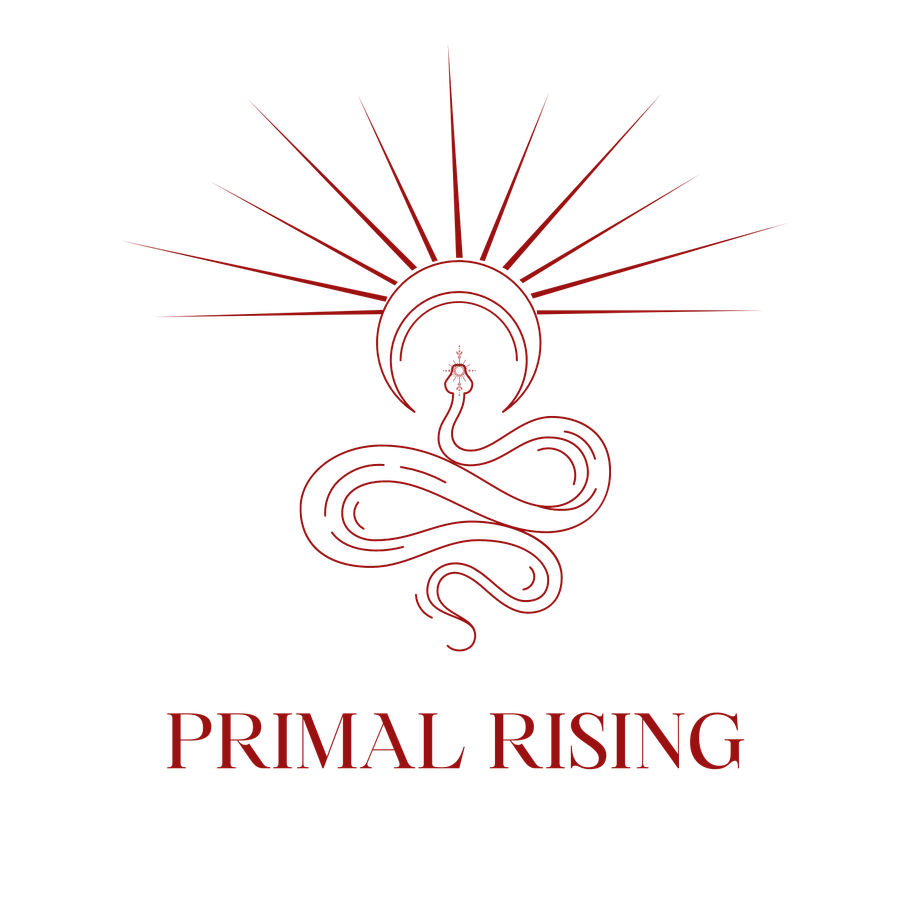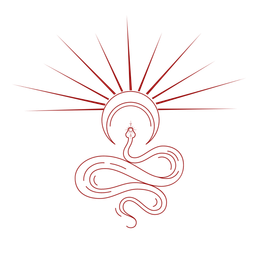Sound Healing
Use of Sound in a Healing Context.
"In ancient times sound was recognised to elicit altered states and emotional responses that were harnessed to improve health and wellbeing. This began as soon as humans interacted with each other. The use of sound as a healing technique is as old as recorded history and is mentioned in the oldest spiritual texts. The creation story talks of a boom and ancient rituals often involve chanting and drumming to bring about emotionally charged states."
The first known use of music as a healing force comes from the Australian Aborigines who are known to have used the didgeridoo as a healing tool for more than 40,000 years. Yogic and Chinese traditions also use certain spoken sounds known as “bija” as part of their chants, mantras and meditations on different body parts. Chanting is particularly powerful in healing. It is thought to create an opiate effect in the body that can help to overcome mental and physical pain and injury.
The Greeks were also known to use music to heal. Pythagoras is usually credited as a mathematician; however, he was also known as the Father of Music. He discovered the beauty of harmonic intervals as a mathematical concept, bringing together the idea of certain sounds creating a pure and understandable sensation that could, in his words, create “Soul Adjustments”. He used his harmonies to elicit sleep for his disciples when needed and energy when required through different musical arrangements that were considered to be Divine.
Moving forward to more recent times, in 1896 American doctors first found a connection between sound and healing when they noted that music could improve blood flow and improve thought processes. Music therapy was also used during the 1940’s to rehabilitate soldiers returning from WWII.
This led on to sound wave therapy that was developed from the 1950s by pioneer British Osteopath Sir Peter Guy Manners. He developed the first machine designed to produce sound vibrations for healing. Placed directly over the part of the body that required treatment and set to match the vibration frequency of healthy cells for that region, it was thought to return the cells to a healthy state. By the 1990’s Manners had developed the first computerised system to treat a range of conditions. This was followed by Dr Alfred Tomatis and Dr Guy Berard who created auditory integration therapy designed to improve a range of issues including anxiety and learning disabilities.
More recently, science is starting to codify some of these ancient and modern techniques through studies that look into how sound can heal. Most focus on how “feel good” chemicals are produced in the reward centres of the brain when listening to music or certain sounds. This study is in its infancy, however anecdotally most of us can easily attest to this being the case.
Treatment of ailments via sound is known historically and in a more contemporary sense. We are only now beginning to understand the mechanism that results in real change for our mental and physical wellbeing. But our ancestors understood the outcomes as well as we do. Sound results in changes that they may not have understood or been able to explain – but it certainly works.
Source: https://www.sleephub.com/blogs/articles/the-science-and-history-of-sound-therapy
Shamanic &
Sound Journey.
For my project with my training on Creative Therapeutic Sound I created three events to explore the possibility of bringing together Sound Journey/Bath & Shamanic Journey.
You can view the project and my findings by clicking on the link bellow.
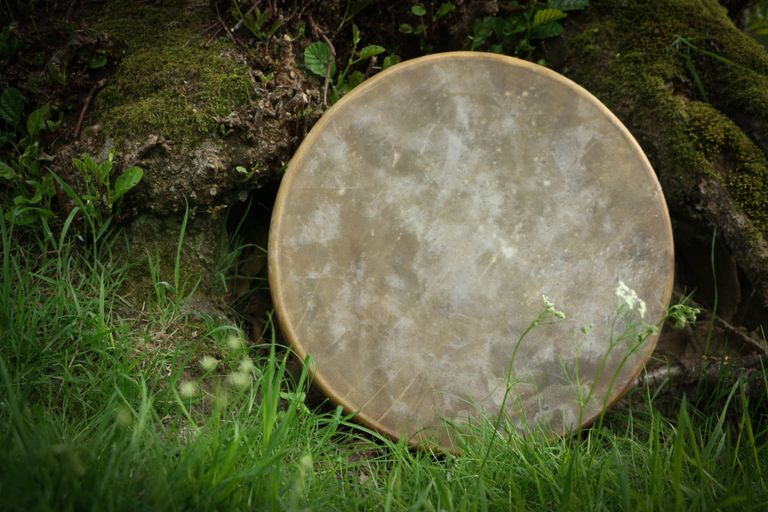
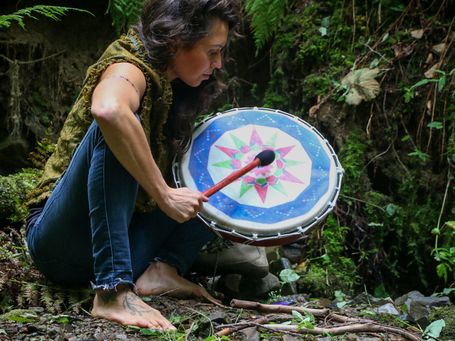
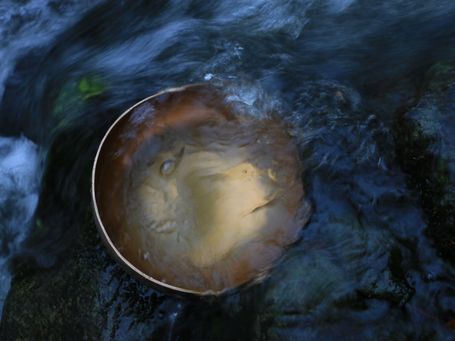
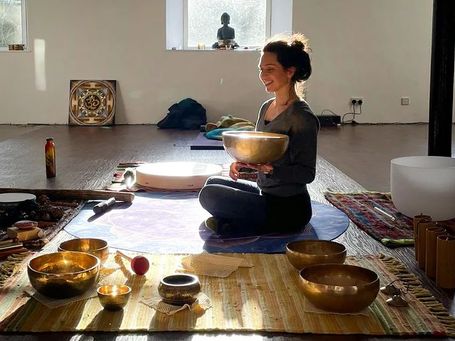
We need your consent to load the translations
We use a third-party service to translate the website content that may collect data about your activity. Please review the details in the privacy policy and accept the service to view the translations.
